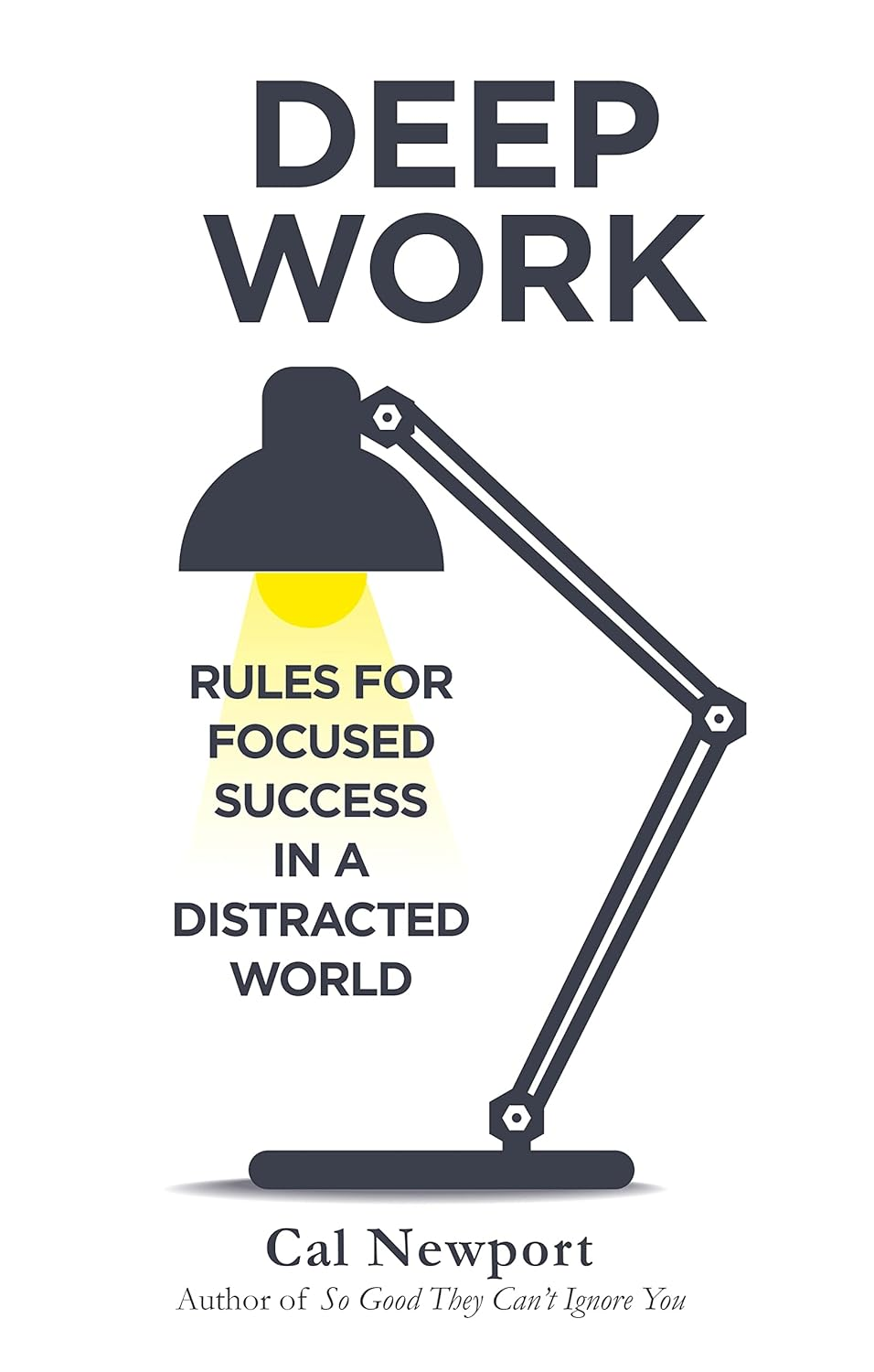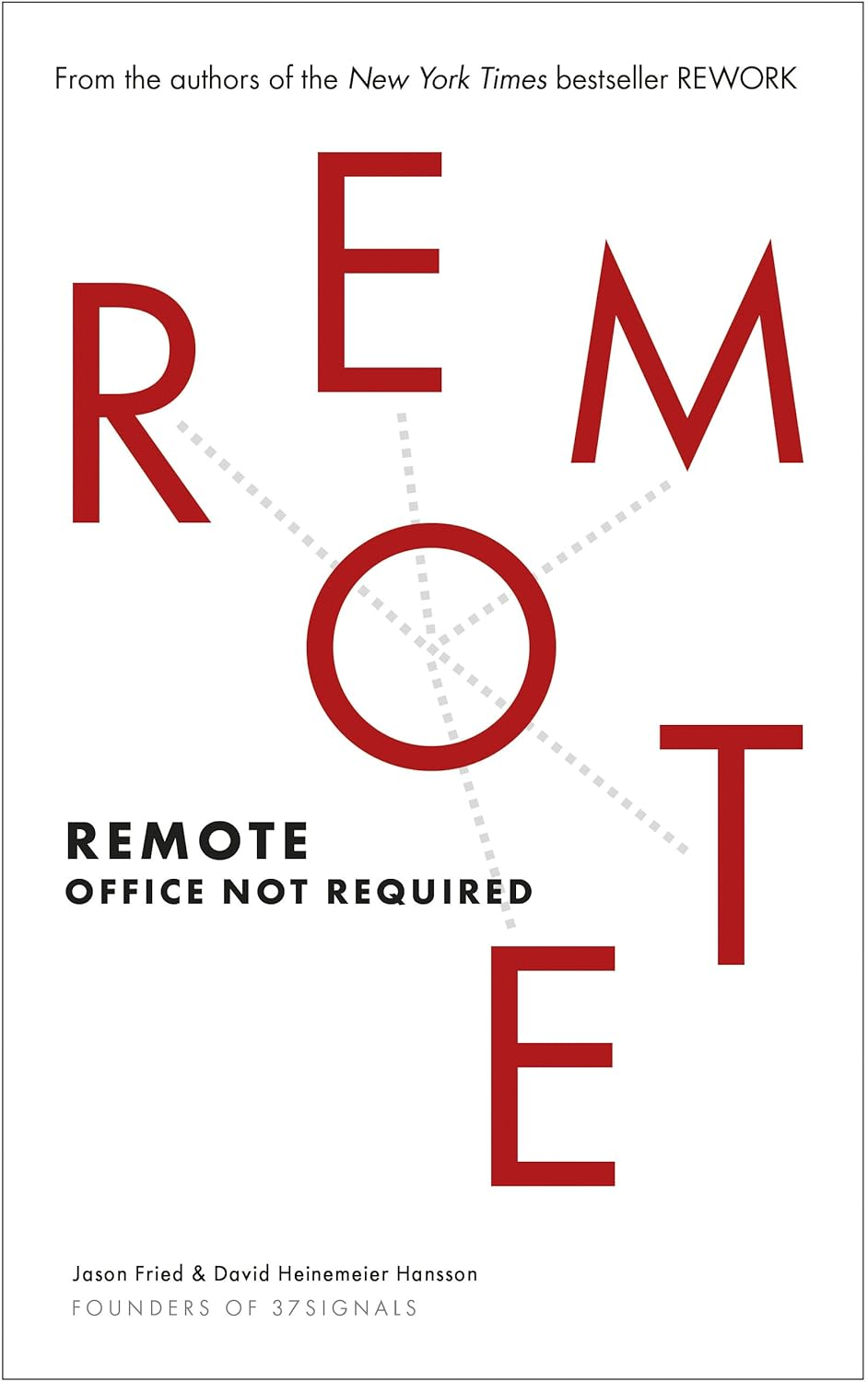In today's digital landscape, knowing how to plan a webinar effectively has become crucial for business success. Whether you're looking to educate, generate leads, or build brand authority, a well-executed webinar can deliver exceptional results. With the rise of remo
Effective Tips for Successful Remote Work
Remote work is becoming increasingly popular, offering the desired flexibility but also bringing unique challenges. This article explores practical strategies to enhance productivity, maintain work-life balance, and strengthen team connections.
Key takeaways
Creating a dedicated workspace helps you focus and avoid distractions.
Effective time management boosts productivity and prevents burnout.
Strong communication is essential for successful remote work.
Mastering remote work
Remote work provides flexibility but also requires discipline to avoid distractions, isolation, and burnout. This article offers actionable strategies to help you effectively manage your tasks and improve your remote work experience.
Organize your workspace
A dedicated workspace is the foundation of productive remote work. Choose a quiet area free from distractions, invest in an ergonomic desk and chair, and ensure good lighting. Personalizing your workspace with plants or motivational decor can create an inspiring atmosphere.
For example, freelancers often transform small corners of their homes into efficient workstations, adding simple touches like posters or plants to enhance comfort and focus.
Manage your time effectively
A clear schedule is key to efficient remote work. Start and end your workday at consistent times to build discipline. Use tools like Taskee or Asana to plan and track your tasks.
Time-blocking can also help: allocate specific time slots for tasks requiring deep focus and save meetings for less productive hours, such as afternoons.
Stay connected with your team
Remote work can sometimes feel isolating, so maintaining active communication with your colleagues is crucial. Tools like Slack and Zoom are perfect for regular updates and virtual check-ins.
Introducing virtual coffee breaks twice a week can boost morale and build camaraderie within the team, even when working remotely.
Maintain work-life balance
To prevent burnout, establish boundaries between work and personal life. Log off at the same time every day and resist the urge to check work-related tasks afterward.
For instance, a daily 15-minute walk after work can help you transition from work mode to personal time, reducing stress and improving your well-being.

Learn how to streamline workflows in "Workflow Templates: How to Optimize Processes for Maximum Efficiency". Explore team-building strategies in "Understanding Agile Team Structure: Roles and Responsibilities for Effective Collaboration".
Interesting fact 
Did you know? NASA was one of the first major organizations to adopt remote work. During the energy crisis of the 1970s, its employees worked from home to reduce transportation costs.
Conclusion
Remote work offers many opportunities but requires discipline and a thoughtful approach. By following these tips, you can create a productive, comfortable, and balanced working environment that helps you achieve your goals.
Recommended reading 

"Deep Work: Rules for Focused Success in a Distracted World"
Presents strategies for developing the ability to focus intensely on cognitively demanding tasks in an increasingly distracted world.
On Amazon
"Remote: Office Not Required"
Shows how modern technology and management practices enable successful remote work, making physical offices increasingly optional.
On Amazon
"The 4-Hour Work Week"
Presents strategies for escaping traditional work patterns through automation, outsourcing, and lifestyle design to achieve more freedom and income.
On Amazon






